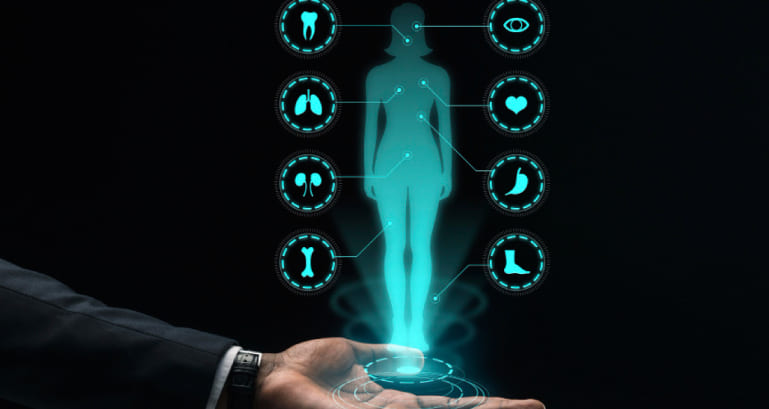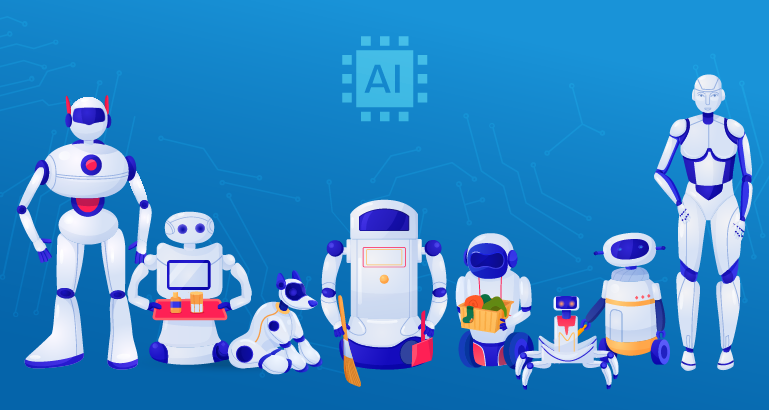SaMD: Transforming Healthcare to Enhance Patient Outcomes
In today's rapidly evolving landscape of healthcare, technology plays an increasingly pivotal role in improving patient outcomes, enhancing diagnostics, and transforming treatment methodologies. One such technological innovation that has garnered significant attention is Software as a Medical Device (SaMD).
Software as a Medical Device refers to software intended to be used for medical purposes without being part of a hardware medical device. It is designed to perform medical functions, whether for diagnosis, prevention, monitoring, treatment, or alleviation of disease. It encompasses a broad spectrum of applications, ranging from mobile health apps to sophisticated diagnostic algorithms and telemedicine platforms. By leveraging the power of software, it has the potential to bridge geographical barriers, streamline healthcare delivery, and empower both patients and healthcare providers with actionable insights derived from data.
This blog explores the Software as a medical device solution, focusing on its applications in remote patient monitoring (RPM), wireless Holter monitoring, cognitive anxiety management, scoliosis screening, and gamified therapy for ADHD.
Market on the Rise: The Growing Impact of SaMD
The Software as a medical device market is expected to grow at a CAGR of 21.9% between 2020 and 2027. It has experienced rapid growth in recent years. It helps medical professionals predict, monitor, and diagnose diseases, allowing them to take preventive measures at the appropriate time. Because it does not require any hardware, it can use fast feedback loops for improvement. In addition, the advancement of technologies such as AI/ML, IoT, Telehealth, Cybersecurity, AR, and VR has accelerated the growth of software as a medical device.
SaMD's Transformative Impact on Various Healthcare Aspects:
The Software as a medical device market is experiencing phenomenal growth, fueled by its transformative impact on healthcare delivery. Here is how software as a medical device is transforming specific areas:
Remote patient monitoring
Remote Patient Monitoring (RPM) transforms healthcare by allowing you to monitor vitals and physiological parameters remotely and in real-time. Software as a Medical Device is the backbone of this revolution, providing a secure and efficient platform to manage your patients' remote monitoring needs.
Real-time Tracking and Analytics: Software as a medical device platforms seamlessly collect vital signs and physiological data from wearables and biosensors. Advanced analytics engines analyze this data to identify trends, patterns, and potential health concerns. Customizable dashboards provide both you and the patient with clear visualizations of health data, facilitating informed decision-making.
Alerts and Notifications: It allows you to set personalized alerts for vital signs that exceed pre-defined thresholds. This enables prompt intervention and prevents potential complications. You also receive notifications of device malfunctions or errors, ensuring data integrity and system uptime.
Secure Communication: HIPAA-compliant Software as a medical device platforms prioritize patient data security. Multi-factor authentication and encryption ensure that only authorized personnel can access sensitive health information. Secure messaging features within the platform enable you to communicate with patients regarding treatment plans, medication adjustments, and any necessary follow-up actions.
Interoperability: The platforms designed for RPM seamlessly integrate with existing Electronic Health Records (EHR) systems. This eliminates the need for manual data entry, reduces errors, and ensures a complete view of the patient's medical history. They also facilitate data exchange with various wearable devices and biosensors, providing flexibility in choosing the most suitable monitoring tools for each patient's needs.
Wireless Holter monitoring:
Wireless Holter monitoring, using a wearable patch, is a convenient way to assess heart health. Traditional analysis methods can be time-consuming and necessitate subsequent visits. Software as a medical device transforms this process by automating data extraction, using advanced ECG analysis with machine learning, and generating reports remotely within 36 hours, eliminating the need for patient visits. This translates into benefits such as increased efficiency, improved accuracy through AI-powered analysis, increased accessibility for patients in remote areas, and lower costs. FDA-approved Software as a medical device solutions ensure the technology's dependability and security, making it an important tool for better cardiac care.
Scoliosis Screening:
Automating Initial Analysis: The SaMD algorithms, trained on vast datasets of labeled X-rays and 2D images, can automate the initial screening process. This frees up radiologists' valuable time for focusing on complex cases and treatment planning, ultimately improving overall healthcare system efficiency.
Data-Driven Detection: It goes beyond simple pattern recognition. Analyzing subtle changes in posture and spinal alignment can identify potential scoliosis cases earlier, even in mild presentations that the human eye might miss. This allows for earlier intervention and potentially better treatment outcomes.
Standardized Analysis: It ensures consistent analysis across different healthcare facilities. This reduces the risk of human error and misdiagnosis, leading to more reliable diagnoses and improved patient safety.
Gamified Therapy for ADHD:
Tailored Therapy Experience: SaMD personalizes the gamified therapy experience for each patient. Analyzing performance data and user interactions can adjust difficulty levels, introduce new challenges, and unlock features based on the individual's progress and needs. This keeps the therapy engaging and promotes a sense of accomplishment, fostering long-term adherence.
Real-time Feedback and Insights: It provides real-time feedback within the game, allowing patients to adjust their strategies and improve their focus or response times on the fly. This continuous feedback loop enhances learning and reinforces positive behaviors targeted by the therapy.
Data-Driven Monitoring and Analytics: It continuously monitors key metrics within the therapeutic program, such as focus levels, completion rates, and response times. This data provides valuable insights into a patient's progress and adherence, allowing healthcare professionals to adjust the therapy plan or identify potential areas of difficulty for targeted interventions.
Conclusion:
Software as a Medical Device is transforming healthcare by offering innovative solutions like remote patient monitoring, wireless Holter monitoring, cognitive anxiety management, scoliosis screening, and gamified therapy for ADHD. With its rapid market growth and utilization of cutting-edge technologies, it empowers healthcare professionals to predict, monitor, and diagnose diseases more accurately and efficiently. These advancements promise personalized, accessible, and efficient patient care, marking a transformative shift in medical practice toward a future of improved outcomes and patient empowerment.
We are at the forefront of this innovation. Connect nu10 today to learn more about our comprehensive SaMD solutions and explore how we can help you deliver exceptional patient care in today's evolving healthcare landscape.
About Author
Dr. Phaneender Aedla
Dr. Phaneender Aedla has over 24 years of experience in handling and managing petabyte-scale data systems. He blends deep technical acumen with strategic vision, and aims to drive intelligent, sustainable innovation through co-creative partnerships that unlock true business value.








